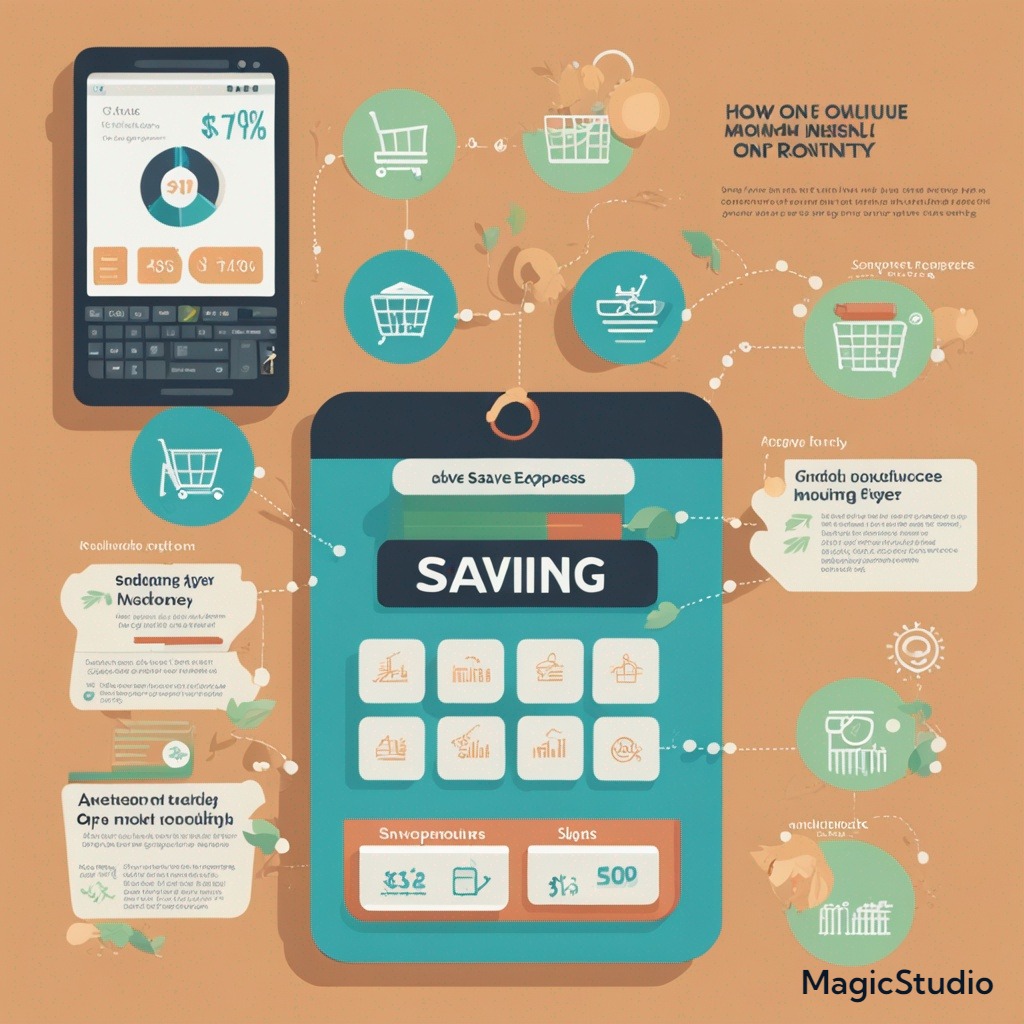In today’s fast-paced world, managing your monthly expenses can often feel overwhelming. However, with strategic planning and mindful spending, you can significantly cut down on routine expenses without sacrificing your quality of life. This blog outlines practical tips and strategies to help you save money on routine monthly expenses, ultimately contributing to your financial health and well-being.
1. Create a Comprehensive Budget
The foundation of effective financial management starts with a well-structured budget. Take the time to list all your monthly income sources and fixed expenses (like rent, utilities, and insurance) as well as variable expenses (like groceries and entertainment). This clear picture of your finances will help you identify areas where you can cut back.
Tip: Use Budgeting Tools
Consider using budgeting apps like Mint, YNAB (You Need A Budget), or PocketGuard. These tools can help track your spending, set limits for categories, and provide insights into your financial habits.
2. Analyze Your Subscription Services
Subscription services, while convenient, can quickly add up. Review your current subscriptions (streaming services, gym memberships, magazine subscriptions) and assess which ones you truly use and enjoy.
Action Item: Cancel Unused Subscriptions
If you find subscriptions that you rarely use or can live without, cancel them. Many services also offer family plans or bundled options that might save you money.
3. Negotiate Bills and Services
Don’t hesitate to reach out to your service providers (internet, phone, insurance) to negotiate better rates. Many companies offer discounts for loyal customers or will match competitor prices.
Pro Tip: Leverage Competitor Offers
Research competitor rates and use them as leverage during negotiations. A simple call could lead to significant savings on your monthly bills.
4. Optimize Your Grocery Shopping
Grocery shopping is a routine expense that can be managed effectively to save money. Implement these strategies to cut costs:
Strategies:
- Plan Your Meals: Create a weekly meal plan that outlines what you’ll cook, reducing impulse purchases.
- Use Coupons and Loyalty Programs: Take advantage of store coupons, apps like Ibotta, and loyalty programs to get discounts.
- Buy in Bulk: Purchase non-perishable items in bulk to save money in the long run.
5. Review Your Insurance Policies
Insurance premiums can be a significant monthly expense. Regularly reviewing your policies can help you save money.
Consider These Steps:
- Shop Around for Better Rates: Use comparison websites to evaluate different insurance providers.
- Bundle Policies: Many companies offer discounts for bundling home, auto, and life insurance.
6. Reduce Energy Costs
Lowering your utility bills can lead to substantial savings. Here are a few ways to reduce energy consumption:
Tips:
- Use Energy-Efficient Appliances: Invest in energy-efficient appliances to save on electricity costs.
- Unplug Devices: Unplug chargers and electronics when not in use to reduce phantom energy use.
- Adjust Your Thermostat: Small changes to your thermostat settings can lead to significant savings over time.
7. Automate Savings
Setting aside money for savings can sometimes feel like a challenge. By automating your savings, you can ensure that a portion of your income goes into savings each month without any extra effort.
How to Do It:
- Direct Deposit: Arrange for a portion of your paycheck to be directly deposited into a savings account.
- Use Savings Apps: Consider apps like Acorns or Digit, which round up your purchases and save the change automatically.
8. Limit Dining Out and Takeout
Dining out can quickly drain your budget. While it’s nice to indulge occasionally, regular takeout can be costly.
Budget-Friendly Alternatives:
- Cook at Home: Experiment with new recipes and cook meals at home. Not only is it cheaper, but it can also be healthier.
- Set a Dining Out Budget: Allocate a specific amount for dining out each month to limit overspending.
9. Use Public Transportation
If possible, utilize public transportation instead of driving. This can save you money on gas, parking, and wear and tear on your vehicle.
Benefits:
- Lower Commuting Costs: Public transport is generally more affordable than maintaining a car.
- Reduced Stress: Avoiding traffic and parking hassles can make your commute more pleasant.

